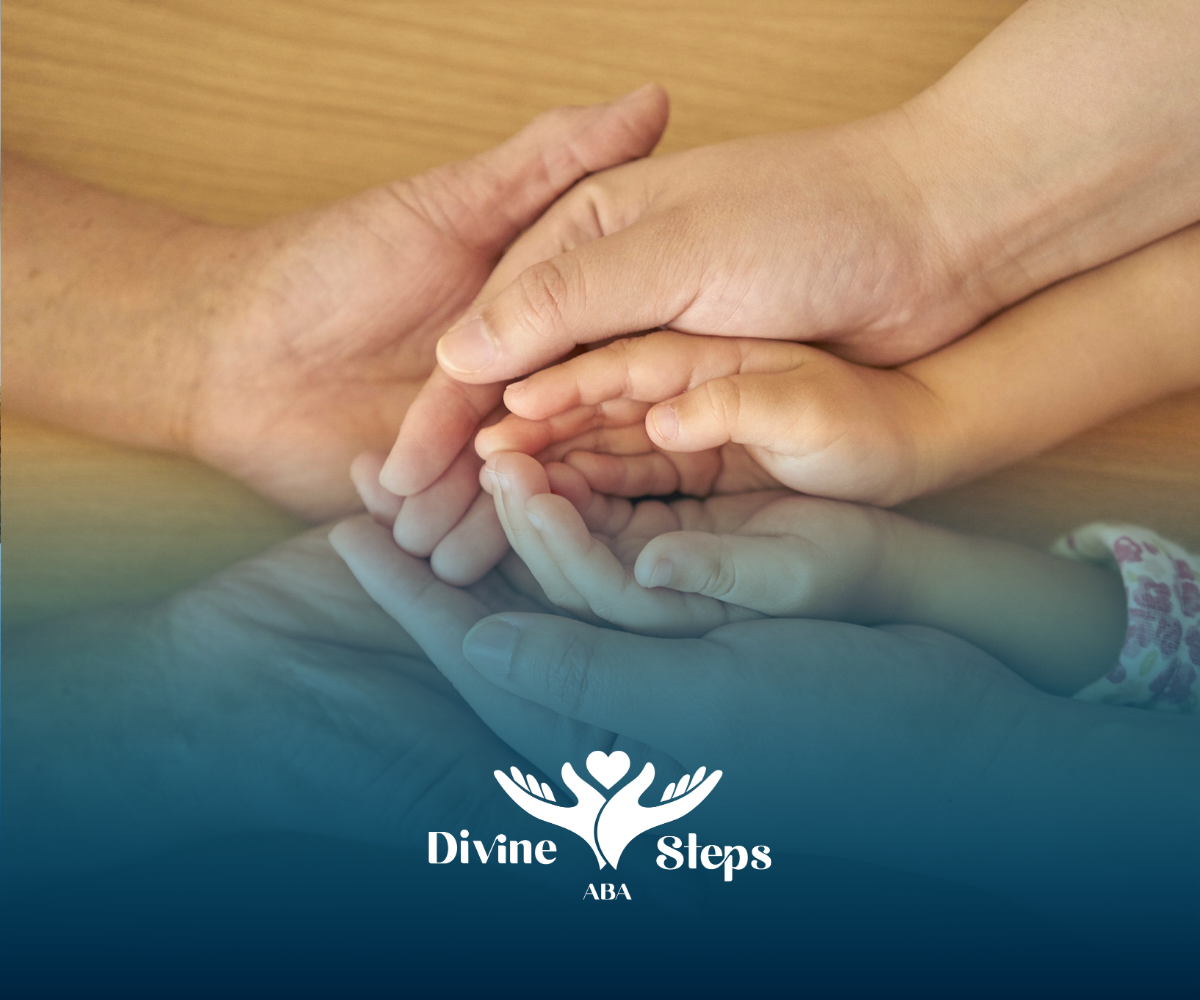Website by CWS
The Four Stages of Learning in ABA: How Real Skills Take Shape
Over the years, I’ve worked with many families who share the same question: “How does ABA help my child learn real-life skills?”
From my perspective as a clinician, the answer comes down to a four-stage process that turns new skills into lifelong abilities.
Here’s how we make that happen together.
Understanding ABA’s Role in Building Skills
Before we dive into the stages, it’s helpful to understand why ABA therapy uses this structured approach.
Applied Behavior Analysis (ABA) uses principles of learning and motivation to help children increase communication, independence, social skills, and daily living abilities. It’s not “just behavior training” — it’s a systematic teaching approach grounded in research and data.
ABA therapy:
- Breaks skills into manageable steps (task analysis)
- Teaches through structured practice and natural routines
- Uses reinforcement to motivate and strengthen learning
- Collects data to measure progress — not guess at it
- Adjusts interventions based on the child’s growth
It’s highly individualized — no two programs look the same because no two children learn exactly the same way.
What Makes ABA Different for Learning?
What truly sets ABA apart is consistency, personalization, and positive reinforcement (not punishment).
I don’t just “tell” a child what to do. I:
- Model skills
- Prompt when needed
- Reinforce successes
- Break down big goals
- Adapt teaching around motivation
- Watch closely to see what works — and what doesn’t
As progress builds, support fades. The goal isn't dependence on therapy — it's independence in life.
ABA is most effective when parents are involved, routines are consistent, and skills are practiced beyond sessions. When that happens, the results can be powerful.
The 4 Stages of Learning in ABA
These four stages of learning in ABA guide how I help children learn new skills, master them, and use them where it matters most.
Stage 1: Acquisition — First Time Learning
In the acquisition stage, the skill is brand new. Children need support, encouragement, and clear teaching.
What This Looks Like
During acquisition, I:
- Provide clear instruction
- Use prompts (visual, verbal, physical)
- Model the behavior
- Break skills into steps
- Reinforce every success
If a child is learning to brush teeth, at first success might simply be:
✅ Picking up the toothbrush
✅ Putting toothpaste on
✅ Moving the brush to the mouth
Mistakes aren’t failures — they’re learning opportunities. I guide gently, so learning stays positive and motivating.
Stage 2: Fluency — Building Confidence & Speed
Once the child can perform a skill, we practice until it feels natural, smooth and confident — not effortful.
What This Looks Like
At this stage, I focus on:
- Increasing accuracy and speed
- Reducing prompts
- Repeating practice in motivating ways
- Encouraging independence
- Fading artificial rewards and using natural reinforcement
For example, a child who has learned to greet someone might practice responding faster, without cues, during play, transitions, and social opportunities.
Fluency isn't about drilling — it’s about helping skills become automatic.
Stage 3: Maintenance — Keeping Skills Over Time
Maintenance ensures the skill doesn’t disappear once direct teaching stops.
What This Looks Like
I check skills periodically in natural settings and may reduce structured teaching. I want to see if your child can:
- Still perform the skill after a break
- Use it without prompting
- Keep it strong during routines
Parents play a big role here. If your child can tie shoes in therapy but only uses Velcro at home, maintenance might stall — so we collaborate on real-world practice.
Stage 4: Generalization — Using Skills Everywhere
The final stage — and the most important — is generalization.
A skill isn’t truly mastered if it only works in the therapy room.
Generalization means using skills with:
- Different people
- Different materials
- Different settings
- Different wording or situations
What This Looks Like
I intentionally vary the learning environment and emphasize real-world use:
- Practicing greetings at school drop-off
- Asking for help during playdates
- Using toileting routines across homes or settings
- Requesting snacks in the kitchen, not just the clinic
Generalization is what turns learning into independence.
How I Identify Which Stage a Child Is In
I don’t guess — I rely on:
- Direct observation
- Caregiver input
- Skills assessments
- Daily progress data
- Natural environment probes
| Stage | What I Look For |
|---|---|
| Acquisition | Skill is brand new; needs prompts |
| Fluency | Skill exists, needs smoother performance |
| Maintenance | Skill remains across time without daily practice |
| Generalization | Skill used in real life across people & settings |
How I Support Transition Between Stages
Moving through these stages isn’t automatic — it's supported.
To help your child advance, I:
- Fade prompts step by step
- Shift from tokens/stickers to natural reinforcement
- Mix structured and play-based ABA
- Use natural environment teaching (NET)
- Coach parents and caregivers
- Adjust strategies when progress slows
Sometimes a child jumps ahead — sometimes we cycle back briefly. That’s normal.
Progress isn't always linear, and that’s okay.
Common Learning Challenges & ABA Solutions
What Children May Experience
- Frustration with new skills
- Decreased motivation during repetition
- Difficulty transferring skills outside therapy
- Regression when skills aren’t practiced
How We Support Them
- Use meaningful reinforcement
- Build learning into fun, natural moments
- Break skills into smaller steps again if needed
- Increase caregiver involvement
- Adjust teaching style to keep learning engaging
I never see setbacks as failure — they’re simply signals to adjust the teaching plan.
Conclusion
Understanding the four stages of learning in ABA — acquisition, fluency, maintenance, and generalization — helps you see how meaningful skills take shape step-by-step.
My goal as a clinician is always to help children move from learning skills to living them with confidence in real-world environments.
If you're looking for compassionate, individualized ABA therapy, I’m proud to share that Divine Steps Therapy provides high-quality, family-centered support. Our certified team offers services across:
We specialize in in-home ABA therapy because learning in the comfort of home supports generalization — the final stage that truly brings skills to life.
And if your family is still exploring a diagnosis, our team also provides professional autism evaluation services to support early clarity and intervention.
Ready to help your child build confidence and independence? Get started with Divine Steps Therapy today — we’d be honored to walk this journey with you.
Contact us to begin ABA services or request an autism evaluation.
FAQs
Do all children move through these stages at the same pace?
No — every child develops skills differently, and that’s completely normal.
Is parent involvement important?
Absolutely. The more we partner, the more skills generalize and stick.
What happens if my child regresses?
We simply revisit earlier steps, adjust supports, and move forward together.




